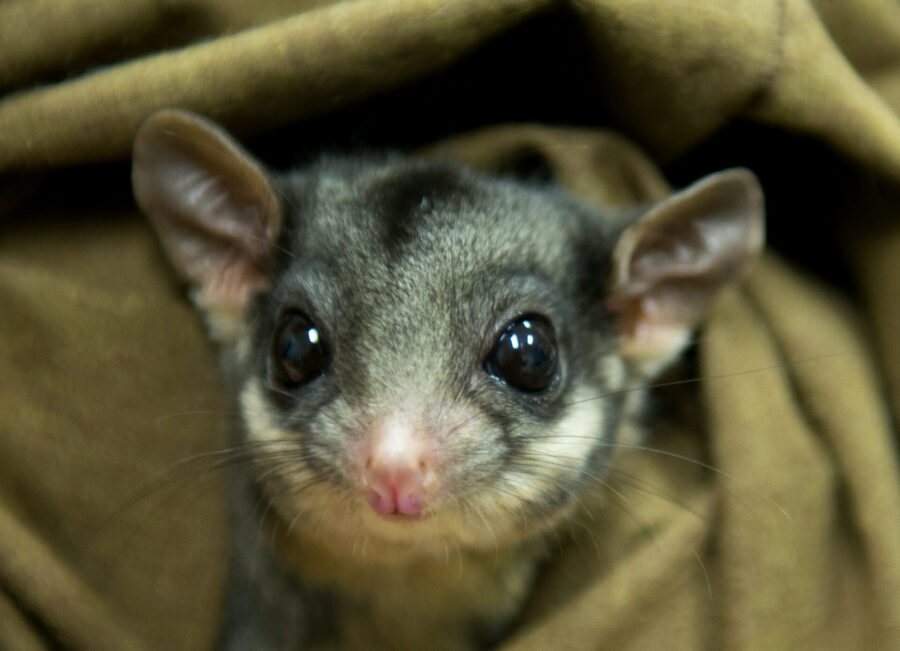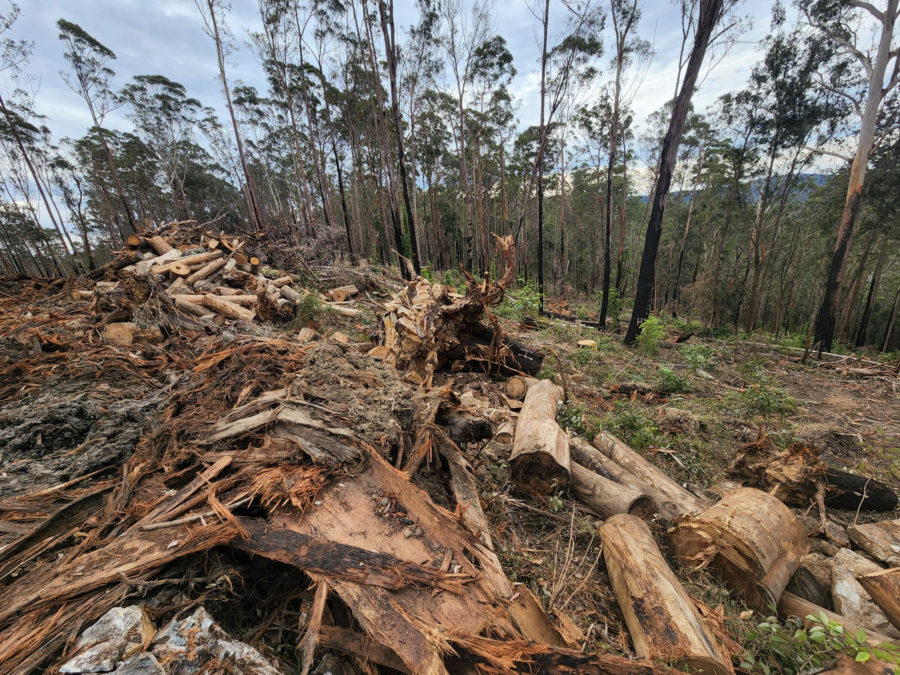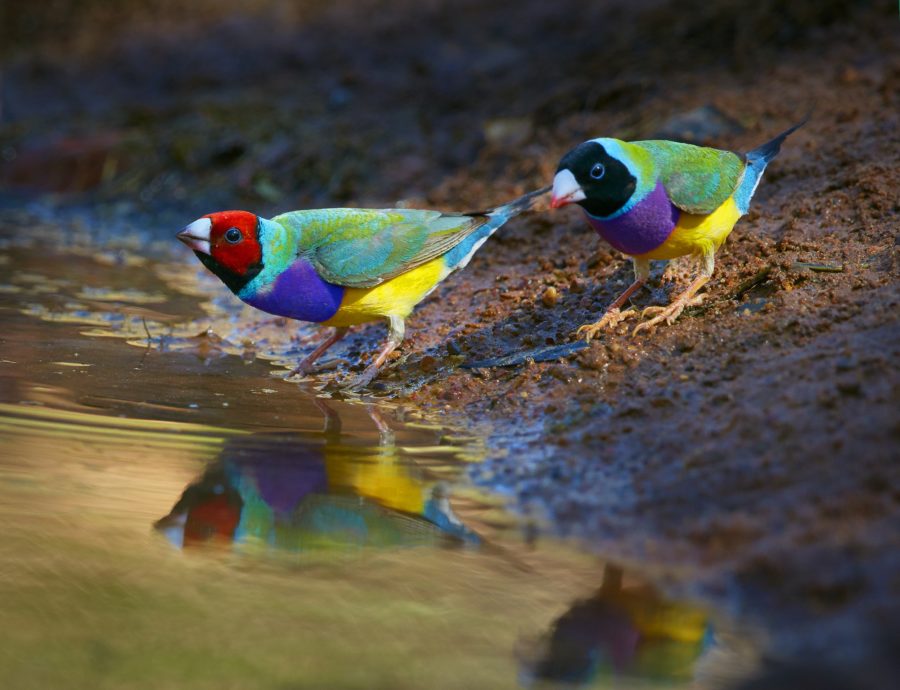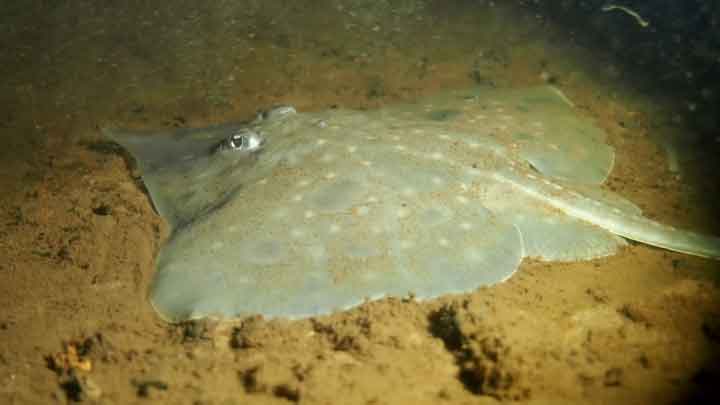OPINION: Law reform for nature

Australia’s wildlife and ecosystems are iconic, integral to our national identity and loved the world over. But they’re often disregarded, destroyed and are suffering decline at alarming rates. More than 100 species extinct and 2000-plus threatened species and ecological communities: This is Australia’s unenviable conservation record since European colonisation, about 240 years ago.
I recently returned from Larrakia Country, in the Northern Territory, where I visited Binybara (Lee Point) – a wildlife gem a mere 20-minute drive from Darwin’s centre. More than 260 bird species – over a quarter of Australia’s total – can be found in the area.
Since I was last there in mid-2023, centuries-old trees – home to threatened species such as the northern brushtail possum, black-footed tree-rat, and Gouldian finch – have been flattened to make way for defence housing and urban development. This has ceased, for now, amid allegations of unlawful clearing. It’s but one of countless examples of how current environmental laws at all levels are failing to conserve threatened species and ecosystems. In failing to conserve nature, we destroy extraordinary social, cultural, economic and environmental values.
A new federal government in 2022 brought promise of ending environmental neglect, commitments to being “nature positive”, and a stated goal of “no new extinctions”. Central to this was the reform of the Environment Protection and Biodiversity Conservation Act 1999 (EPBC Act).
A review of the Act released in 2020, led by Professor Graeme Samuel AC, was scathing, finding this centrepiece of environmental law failing miserably to achieve its goal of protecting and preserving Australia’s environments and species. The review offered 38 recommendations to improve the Act. Progress on delivering these has been frustratingly slow, prompting concerns about the government’s commitment to rise to the challenge.
A full environmental law reform package was promised this year, but has been delayed and divided into three parts: the establishment of a Nature Repair Market and an expanded water trigger; the creation of a watchdog, Environment Protection Australia (EPA), for development proposals that may impact biodiversity, and a body, Environment Information Australia (EIA).
The EIA will collect data to inform proposals and measure environmental outcomes and progress towards conservation targets; and the full set of environmental law reforms as described in the Nature Positive Plan. Alarmingly, no date is set for delivery of the full environmental law reform package.
Co-investment in nature conservation and repair is important, and always welcome. One wonders, however, why the federal government is placing so much faith in a much-questioned market-based approach for nature conservation, and instead can’t simply fund the vast majority of urgent conservation actions required directly.
The recent Blueprint to Repair Australia’s Landscapes report from the Wentworth Group of Concerned Scientists makes a case for a 30-year investment of $7.3 billion per annum to fund 24 actions to deliver a “healthy, productive and resilient Australia”.
The government has committed more than $360 billion to AUKUS submarines to aid the defence of our nation. Priorities are starkly reflected by government budgets. Surely our best defence for a sustainable and enjoyable existence is a healthy and biodiverse environment?
As for the EPA and EIA, how can they help to deliver a nature-positive agenda without the much-needed law reforms, including national environmental standards that clearly specify what’s acceptable with regards to development –including no-go zones – and its impacts on wildlife and habitats?
It might seem a strange thing for a wildlife ecologist to say, but genuine progress for conservation in Australia does not hinge on more science. We know the threats and risks – we’re currently monitoring species to extinction.
We see opportunities and have the evidence-based scientific solutions at hand. But what’s most important, and sorely needed, is a reckoning with our relationship with this vast continent’s lands, seas and waters. As I recently watched in awe our sporting achievements at the Paris Olympics, I wonder when political and societal changes might combine to finally deliver environmental and conservation outcomes we can all similarly be proud of.
Euan Ritchie is a Professor of Wildlife Ecology and Conservation at Deakin University, President of the Australian Mammal Society, and a councillor within the Biodiversity Council.







